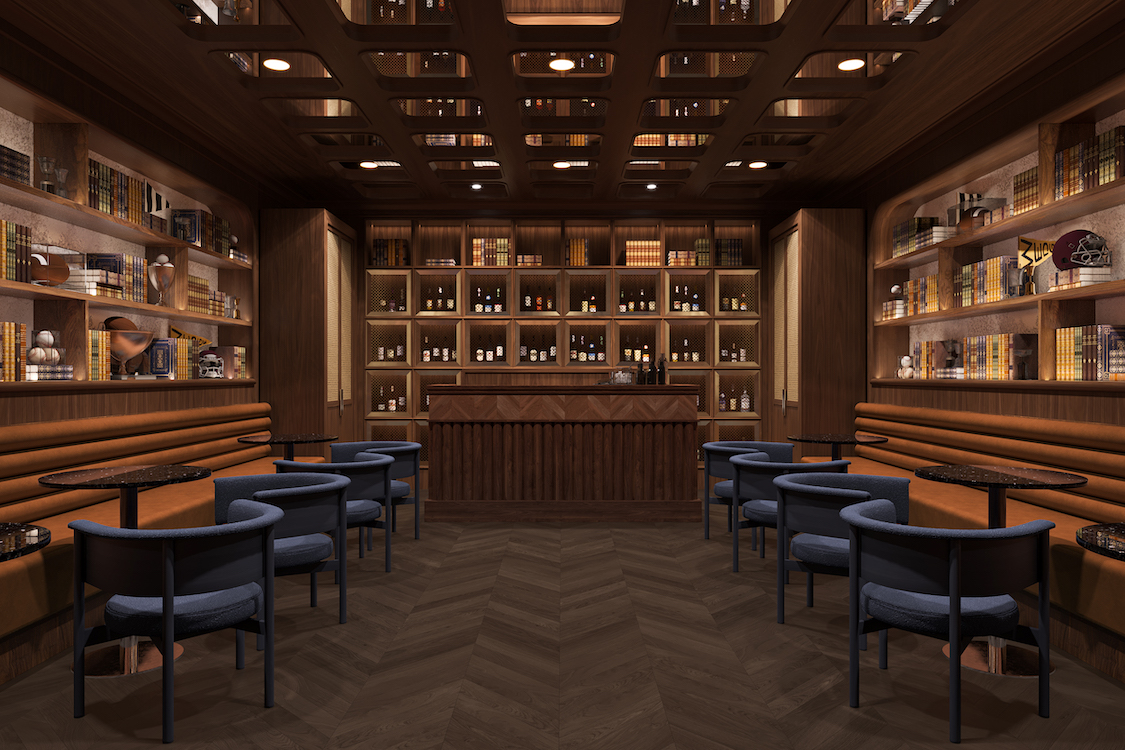When some people meet me, they think to become a designer, I just had to learn about interior design principles, and theories. But what people don’t realize is how much I had to learn about human and environmental psychology. In fact, it was one of my favorite classes at Pratt. Environmental / human factors in design explains how space is influenced by the local culture, politics, economics, and people’s own personal beliefs. When we walk into a (well-designed) space, all of these human factor elements come together seamlessly so that a customer can achieve a desired emotional state.
While in college, I used the former Tilly’s Coffee Shop in Brooklyn as a case study.. I spent hours sitting in the space people watching like it was my job. I observed what each customer ordered, how long they stayed, and what they did when they stayed. Then with these notes collected, I compared it with the initial design intent. For this example, the owner wanted a space where people would linger for at least 30 minutes. This informed the choice of seating (larger, cushioned chairs vs. narrow, uncushioned chairs). The other design detail that mattered was how customers handled their trash. The owner cared about recycling. This meant that the trash cans were convenient and clearly labeled.
For a current project I’m doing in College Station, Texas, the design intent was to create an exclusive space for alumni to gather. I investigated things like what memorabilia was common, how loyal the alumni were, how religious the community was and what were their belief habits. With access to some branding surveys, I realized that the alumni wanted a space they’d feel nostalgic, part of something from their past. That led me to some specific design details.
Luckily, anyone can start to learn about environmental and human behavioral factors without taking a class. All one needs is fervent curiosity. Before I start any project, I observe as much as I possibly can about the building’s owners, the location, and its current and target customers, and its reputation. I strive to know “why” behind every detail, even if the client doesn’t think it’s important. Some might think I’m a stalker but if that’s the case, I crush on hotels!
It’s still fascinating that people have different and sometimes unconscious visceral reactions to certain materials or colors. I had one client who thought the steel used in some furniture reminded them of high school; another client was adamant about not using the color green but didn’t disclose why. Whatever has shaped one’s perception of style and design is also based on the environment in which they were raised. That’s what makes designs so unique and at times, mysterious.
So, what do you notice when you walk into your favorite bar, restaurant or hotel?
